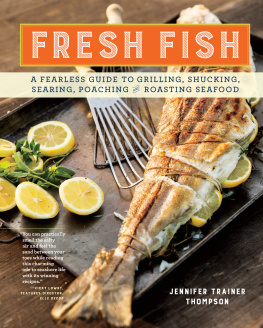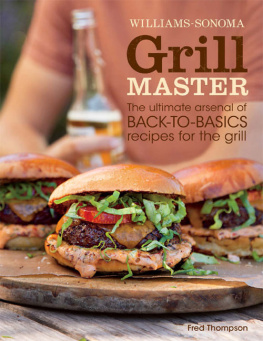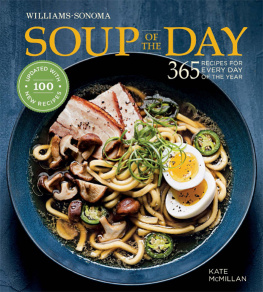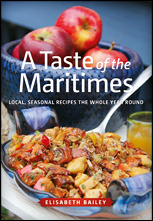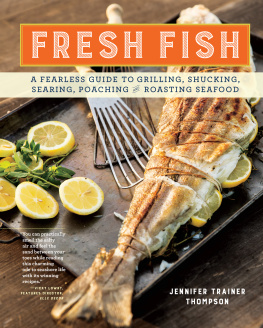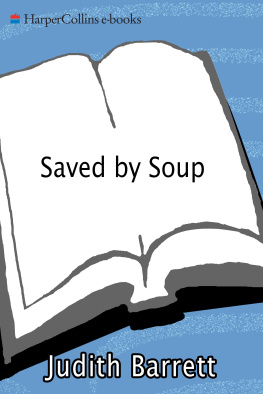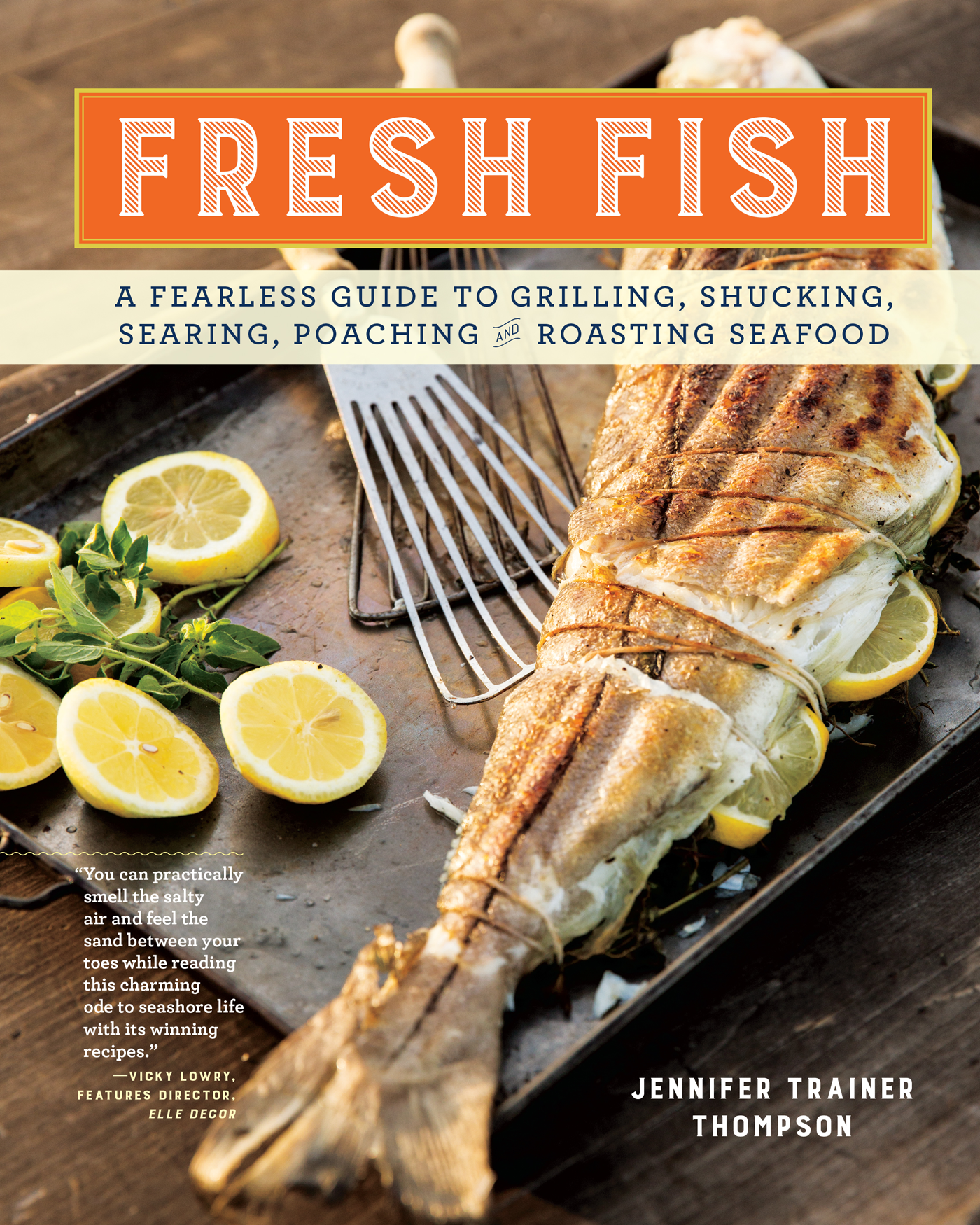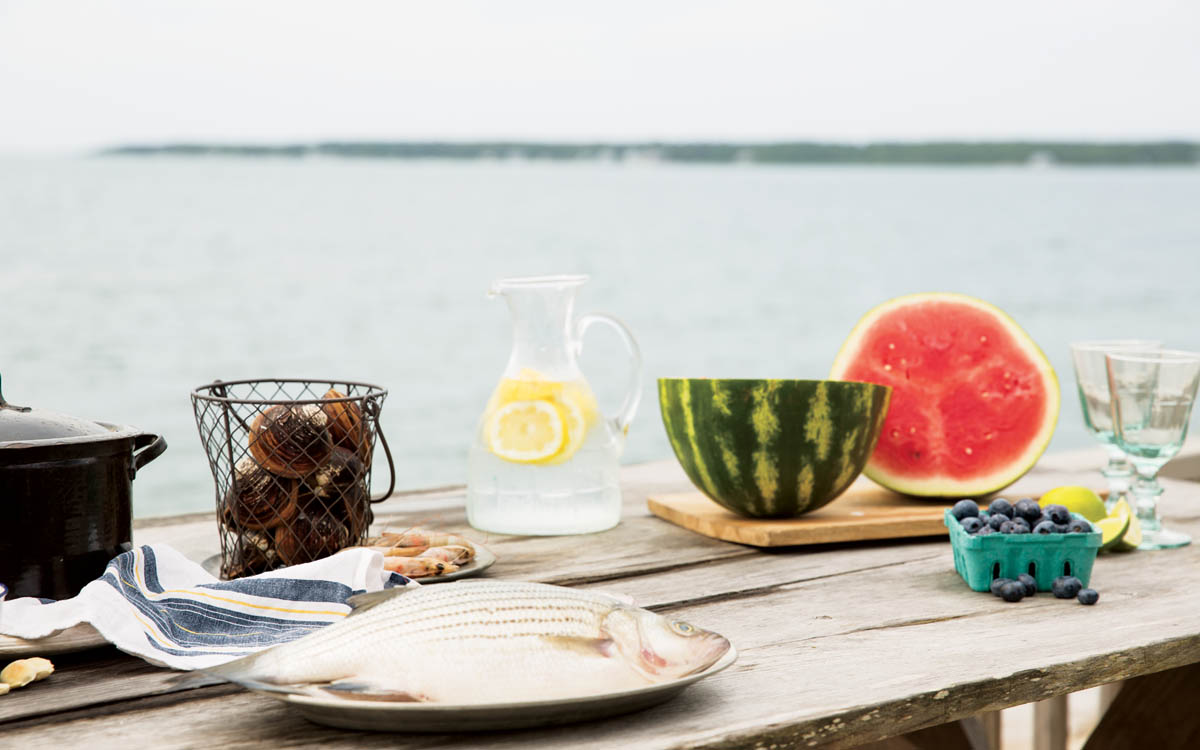Contents
Introduction
Like my parents, I grew up along the New England coast. I sailed before I could walk, and thought nothing of the fact that chapters in my elementary school history books tales of witch hunts, Paul Reveres ride, John and Abigail were about characters from nearby towns. Although we moved a lot when I was a child, when I reflect on the patchwork quilt of my earliest memories catching an eel off the dock in Hingham, sailing across Casco Bay on Saturday mornings to get doughnuts at Handys Boat Yard, swimming with my great-aunts at the Fairfield Beach Club it is always with an eye toward the sea.
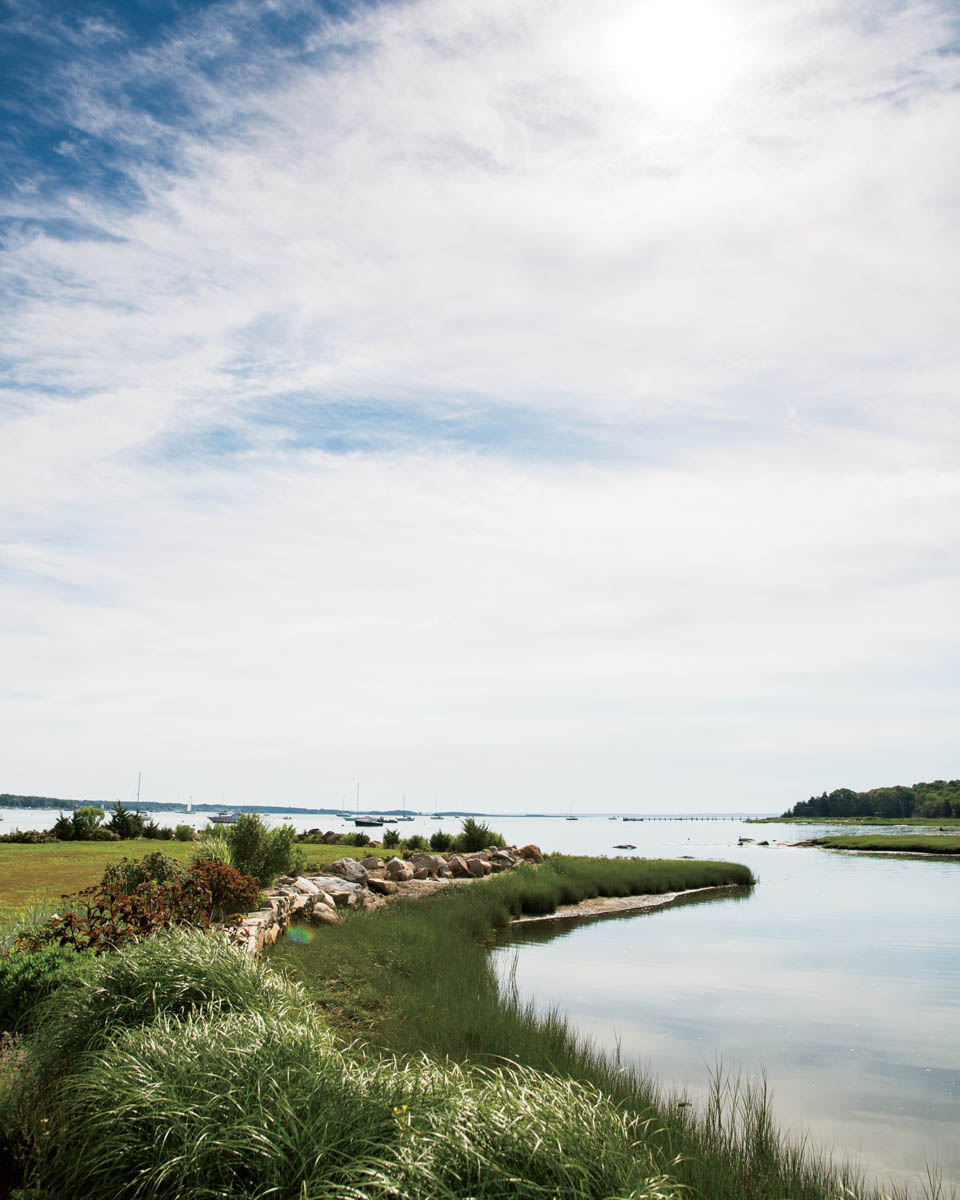
In 1963, we moved to Indianapolis (Indian-no-place, my father called it), and the summer heat coming off the soybean fields across the street hit my face like a hot furnace blast. While my father built a Sunfish in the garage, I made toy boats that I tried to sail in the tornado ditches after heavy rains. I was the only kid in the neighborhood whose parents called her home to dinner with a foghorn. When I was sent to a camp where the idea of waterfront activity was catching crawdads in a buggy creek, I lasted a week (I wasnt much for playing softball in the heat) but was perfectly content to play in my neighborhood instead. On the day we moved in, I had knocked on the neighbors door to see if they had any kids my age and had stumbled upon Julie Weintraubs seventh birthday party. She not only became my best friend, but at her party I met all the kids in the neighborhood, a 1960s development of brick ranch houses, square unfenced yards, and Hoosier-neighbor friendliness.
My mother imported Maine lobsters and threw a clambake for the neighbors, whod never seen a lobster. She good-naturedly took their ribbing when she talked about pahked cahs in Hahvad Yahd, volunteered in the inner city to help get Head Start off the ground, and rooted for Bobby Kennedy in a sea of Republicans. The next spring she and my father, worried that I might be acquiring a Hoosier accent and forgetting the glories of New England summers, suggested that I spend the season with relatives on Buzzards Bay in Massachusetts. I thought it was a swell idea.
Imagine, at age eight boarding a plane from Indianapolis to Boston without an escort. On the tarmac (in those days you walked outside to board a commercial plane) I got a little teary, and Ill never forget my mother stopping, looking me in the eye, and saying, Jenny, you dont have to go if you dont want to.
Those liberating words propelled me to adventures that became part of my DNA.
Someone, please reel her in. Oh, Cod.
Summers on Buzzards Bay
For the next four years, I summered (we never called it that, but its sometimes a good thing when a noun morphs into a verb) with cousins in Wareham. In a small cottage at the confluence of the WeWeantic and Sippican rivers (my father joked we should start a Sippi-WeWe Yacht Club), our days were spent barefoot in bathing suits wed switch into a dry one as we hung a wet one on a nail in the outdoor shower. High tides were for swimming, sailing, and water-skiing when the weather was right. Low tides were spent playing cards (hours upon hours of canasta), doing jigsaw puzzles, clamming, and bike riding. Early mornings were for fishing (I could go with my uncles and male cousins only if I unhooked and cleaned my own fish). We had no TV. My aunt was our pretty, blonde camp director who organized hootenannies every Sunday evening (this was the late 60s, after all) and would chauffeur us in her powder-blue Mustang on nights we wanted to go mini-golfing or go-karting and get soft ice cream. With plenty of relatives around, a big trip might be to Nauset Beach, on the outer shore of Cape Cod (the Cape), where wed try our luck surfing, stopping to dunk in a kettle pond to rinse off the salt on our way home. Once a summer wed board the ferry to Marthas Vineyard for a day of bike riding, cold surf swimming, and saltwater taffy.
Sure, there exists a Brahmin New England, where obscure references serve as shorthand for those acquainted with privilege and wealth. If youre traveling to Pulpit Harbor... Kittansett... Naushon... these simple words speak volumes if youre in the know. But there are also the Swamp Yankees, as my dad called us, descended from the original Puritans, who may be low on cash but rich on heritage and know these waters because for centuries their forebears depended on them for sustenance and their descendants still know when the stripers and blues are running (September), bay scallops are harvested (November), and beach plums are ripe (late August). Cranberry bogs serve two purposes: providing a star dish at the nations table from November 1 to December 26, and a perfect outdoor skating rink.
This is a cookbook, yes, but its also a barefoot ode to the soul of the coast.
Sailing Down the Coast
After college, I spent a summer waitressing on Maines Mount Desert Island, where my cousin suggested we sign on for a sailboat delivery to the Caribbean on a guys Bermuda 40. (This is a bit like being asked to drive an Alfa Romeo down the Amalfi Coast.) We had a crew of four: the captain, first mate (my cousin), second mate (me), and cook (the captain was no fool). The first leg from northern Maine to southern Connecticut covered the territory in this book. We dug clams before we left Southwest Harbor and kept a pot of chowder on the gimbaled stove as we made it down Massachusetts Bay, through the Cape Cod Canal, into Buzzards Bay, Narragansett Bay, then past Fishers Island and Stamford to Hells Gate.
Some of the coast has changed since then its (thankfully) hard to sail past a rocky point without finding farmers markets or locally sourced cheeses, vegetables, herbs, or seafood. The shoreline is also more populated, as unheated summer cottages are converted to wireless year-round homes, and improved transportation expands the commuting range from Portland, Boston, Providence, and New Haven. Sure, environmental causes (climate change, ocean warming, acidification, invasives like green crabs) are affecting certain traditional New England fisheries, such as the decline Maine is seeing in northern shrimp, lobster, smelt, and soft-shell clams. But thanks to conscientious environmental stewardship, despite overfishing, the waters and harbors are also cleaner than theyve been in years, and oysters and other shellfish have returned in abundance.
And some things remain the same the tides flow in twice daily, bringing stripers and blues. Clamming and quahogging techniques havent changed since Native Americans taught the Pilgrims. New England flavors are uniquely American and regional, characterized by an abundance of seafood (its amazing that the Pilgrims almost starved that first winter, given the wealth of cod in the waters), and many ethnic influences, from the Puritans to the thousands of immigrants who arrived as crew on whaling ships and later to work in the mills. Great seafood the heart of coastal New England cooking, due to the cold waters deserves top billing. If its impeccably fresh, the simplest treatment will shine.

